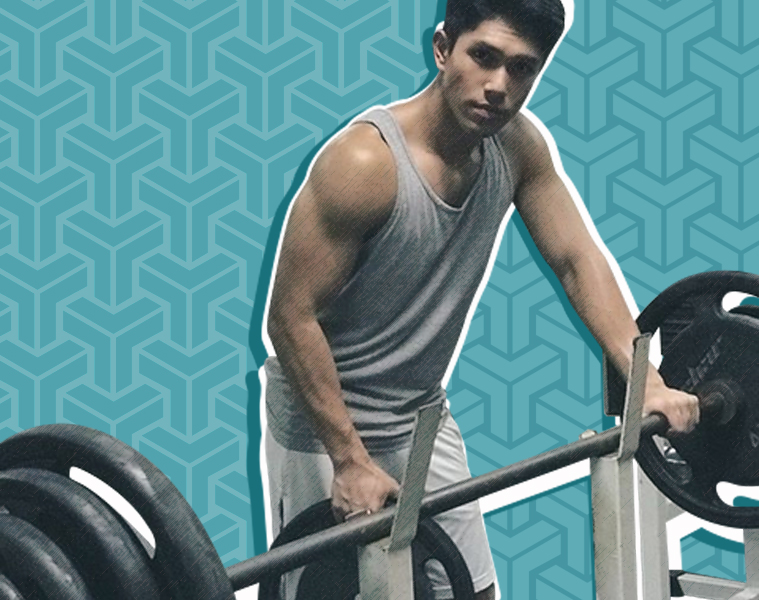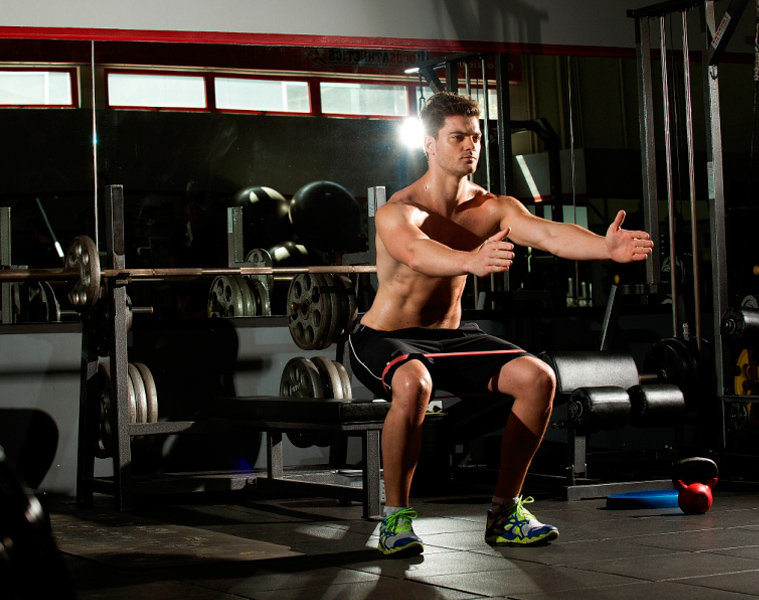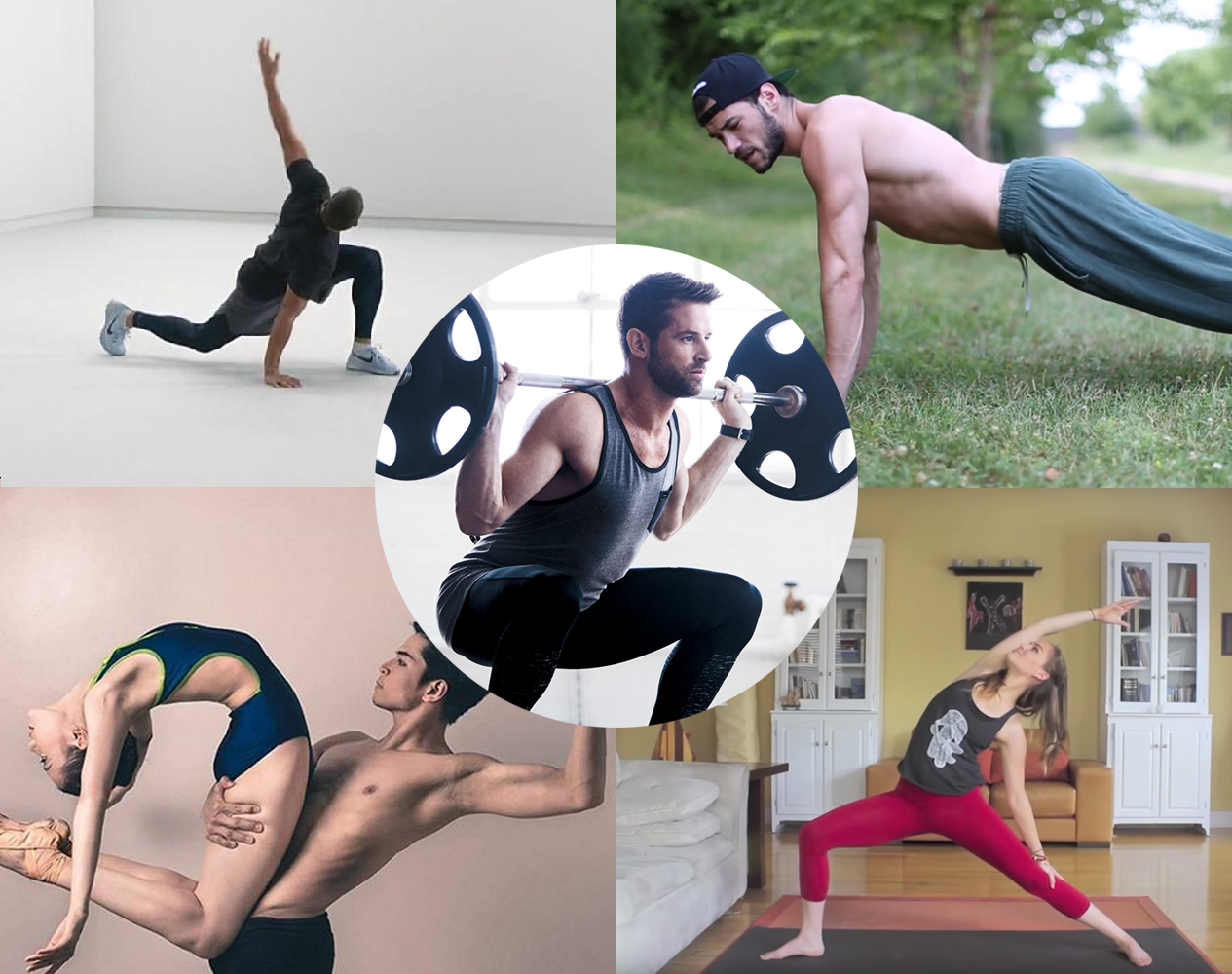What are some of personal trainer Keith Hwang’s favorite core workout moves?

Choko Hwang, known to his Instagram followers by his English name Keith, is self-defined by his four titles: Husband to wife JiYeon, father to the adorable toddler SunChan, personal trainer, and physical therapist. While the top two “positions” obviously give him the most joy and fulfilment, the social media star can credit his online fame to his YouTube workout videos where he gave fitness tips and demonstrated exercise moves for both men and women; unfortunately, it has been years since he last posted a video. Good thing that he now sometimes posts 15-second workout videos on Instagram as quick pick-me-ups for his fans.

Because of his profession, Hwang is a reliable source for fitness knowledgeable. Plus, according to folks who can understand Korean, he keeps his posts fun and even funny with a couple of jokes.
https://www.instagram.com/p/BgnF0VrBtVs/?taken-by=keithhwang
His life work in fitness started around 13 years ago, when he first saw the word “well-being” in a newspaper and got curious about what it meant. Upon learning its definition, Hwang made it his mission to stay healthy, even majoring in physical education in college.
“Exercise gives me happiness,” he says. “I dance. I can sweat for fun.” Hwang’s day usually starts with a bike ride to work to train clients and students. Though he does weight training with the latter, his own regimen has a specific focus: “The most important thing is the balance of the body, so I focus on core exercises.”
Here are some of the moves that Hwang relies on to keep his core strong and sculpted:
The Bird Dog
This deceptively simple stabilization exercise is effective in reinforcing proper spinal alignment even as it works the core muscles.
Step 1: Go down on all fours, keeping your hands directly under your shoulders and your knees under your hips. Maintain a neutral spine, neither arched or bowed.
Step 2: Raise your right or left arm simultaneously with the leg on the same side, with both limbs extended straight out. There must be a straight line from the fingertips of your extended arm to your back down to the toes of your extended leg. Keep your abs braced by pulling your stomach in.

Step 3: Pull in your extended limbs and connect your elbow with your knee. Contract your abs to keep your balance.

Step: Extend both working arm and leg before returning to all fours. Repeat on the opposite side.
Tip: You can also do the bird dog by extending the opposite arm and leg.
The Side Plank
Unlike the regular plank, this version works the quadratus lumborum, the muscle that is part of the posterior abdominal. In strengthening this muscle, you can decrease your chances of developing back pain.
Step 1: Sit down on one side, your legs extended straight to the side and both feet together; make sure the side of your bottom foot is pushing against the floor.
Step 2: Plant your bottom hand on the floor, directly below your shoulder.
Step 3: Raise your hips off the floor by contracting your core. Make sure your body makes a straight line from your head to your feet. Hold the position.

Tip: Once you’re able to do the side plank steadily and for an extended period, say, 30 to 60 seconds, try to lift your top leg for additional challenge. For those who find the pose too difficult, you can start by planting your bottom forearm on the floor.
The L-Seat
Target both the core and the triceps with this static hold.
Step 1: Sit on the floor with your legs straight out in front of you. Plant your hands close to your body, right next to your butt.
Step 2: Lock the muscles of your legs together. Push up off the floor with your arms, engaging your abs at the same time. Hold the position for as long as you can.

Tip: A modified version for beginners is to bend your knees and tuck your legs instead of keeping them straight out. As you increase your strength, try with one leg bent and the other leg straight, switching positions to work both sides equally.
A version of this story originally appeared in the December 2014/January 2015 issue of Garage Magazine.














